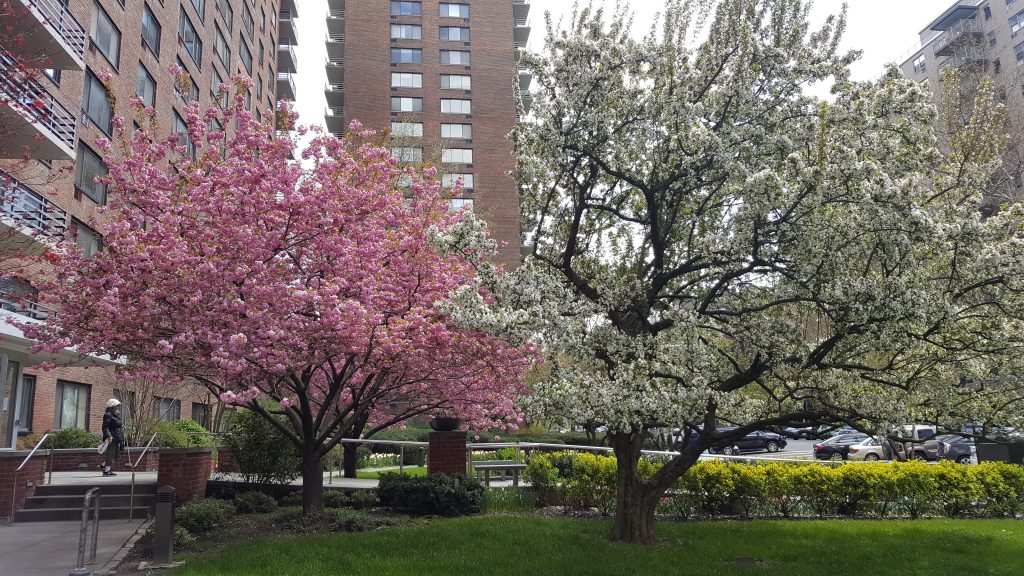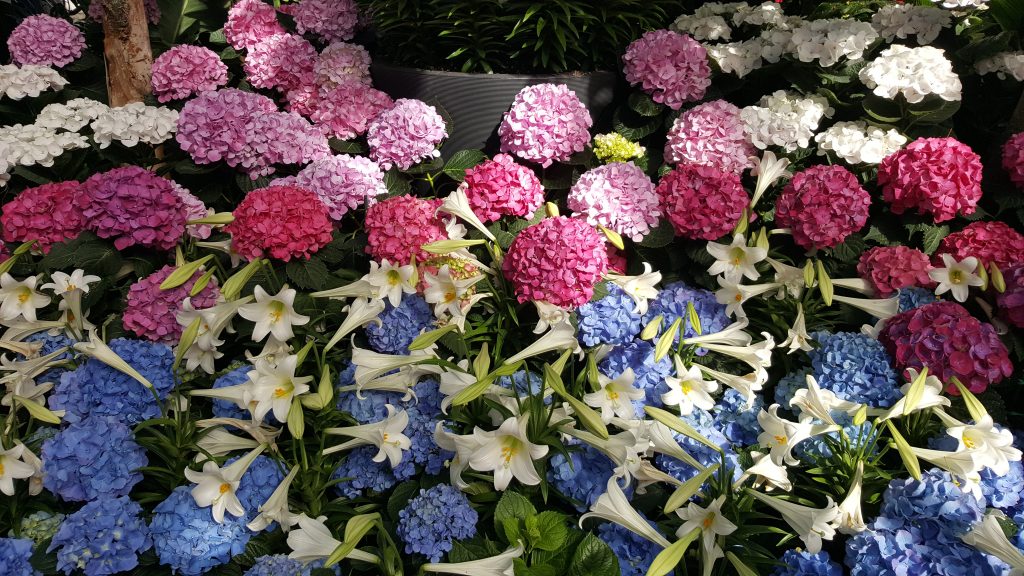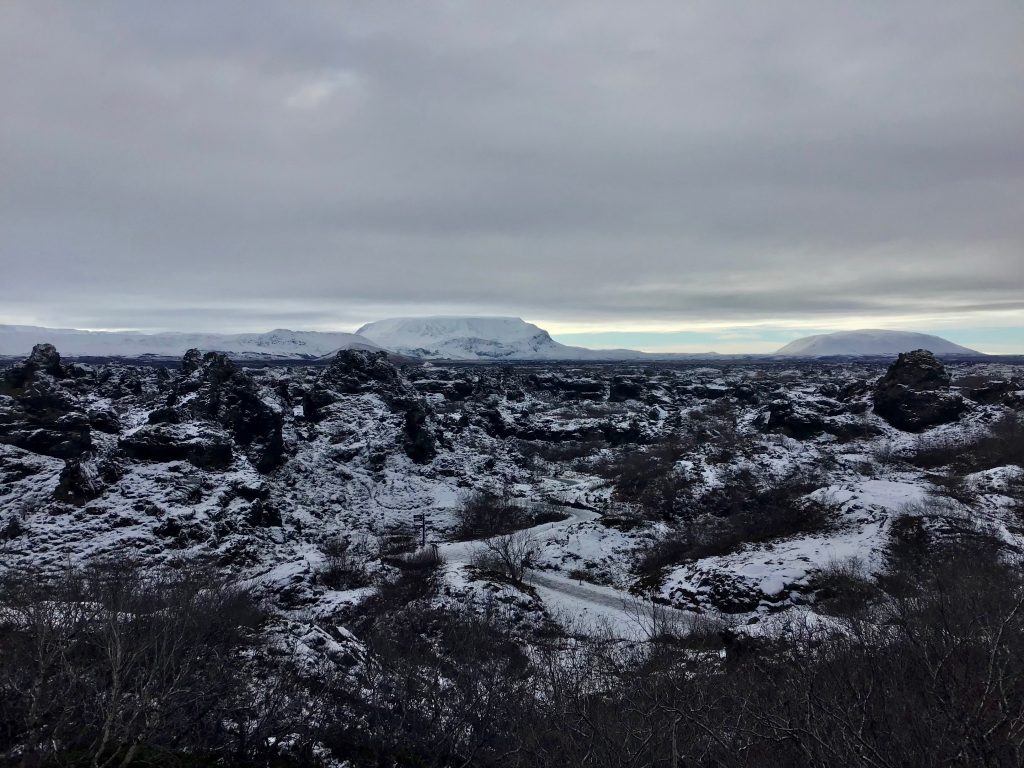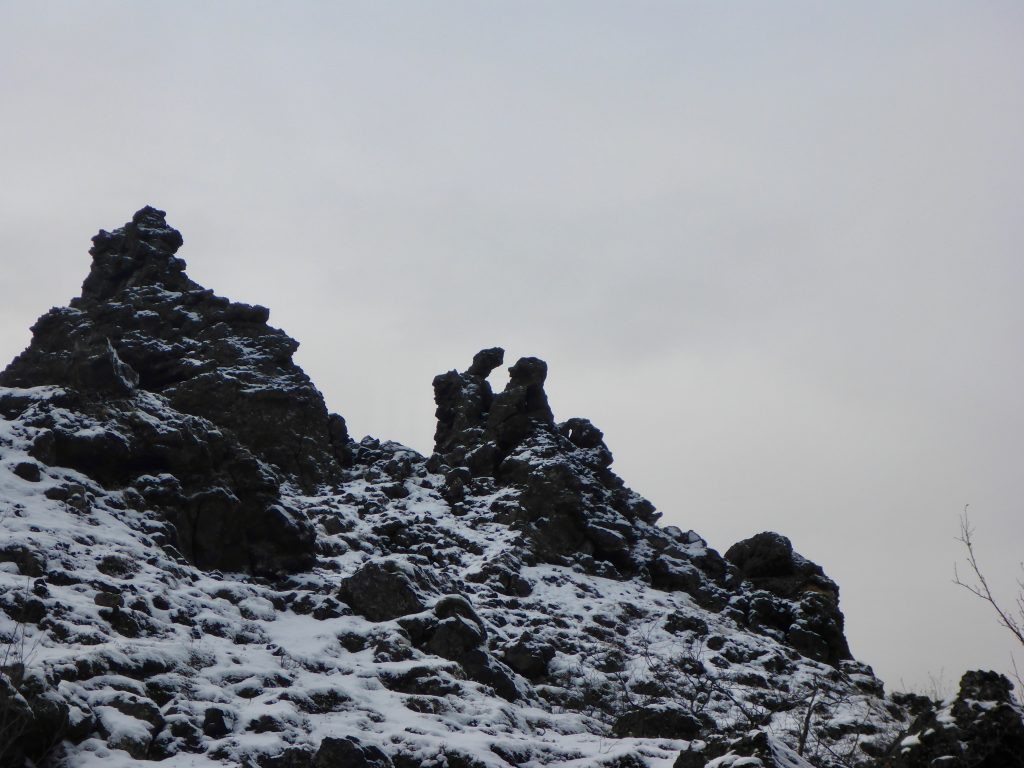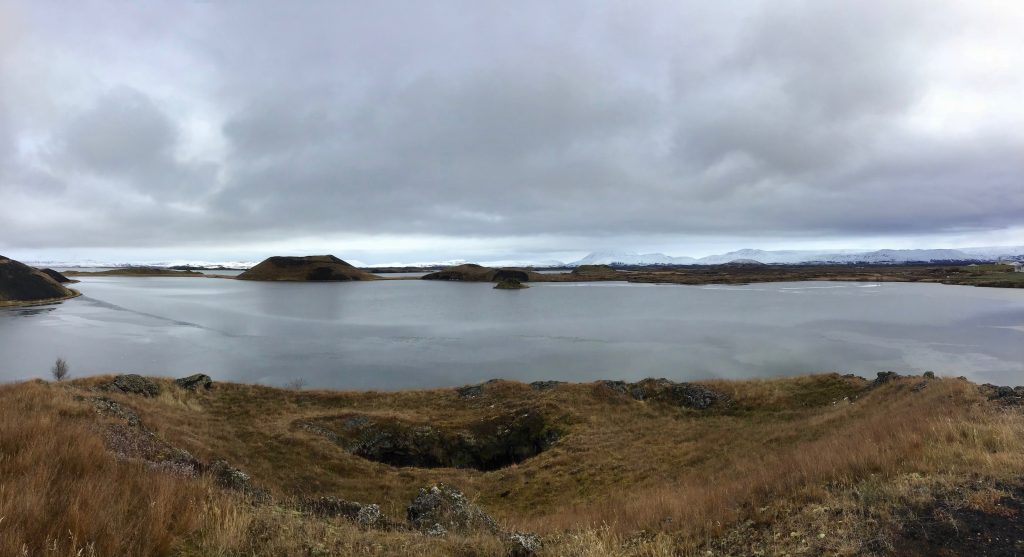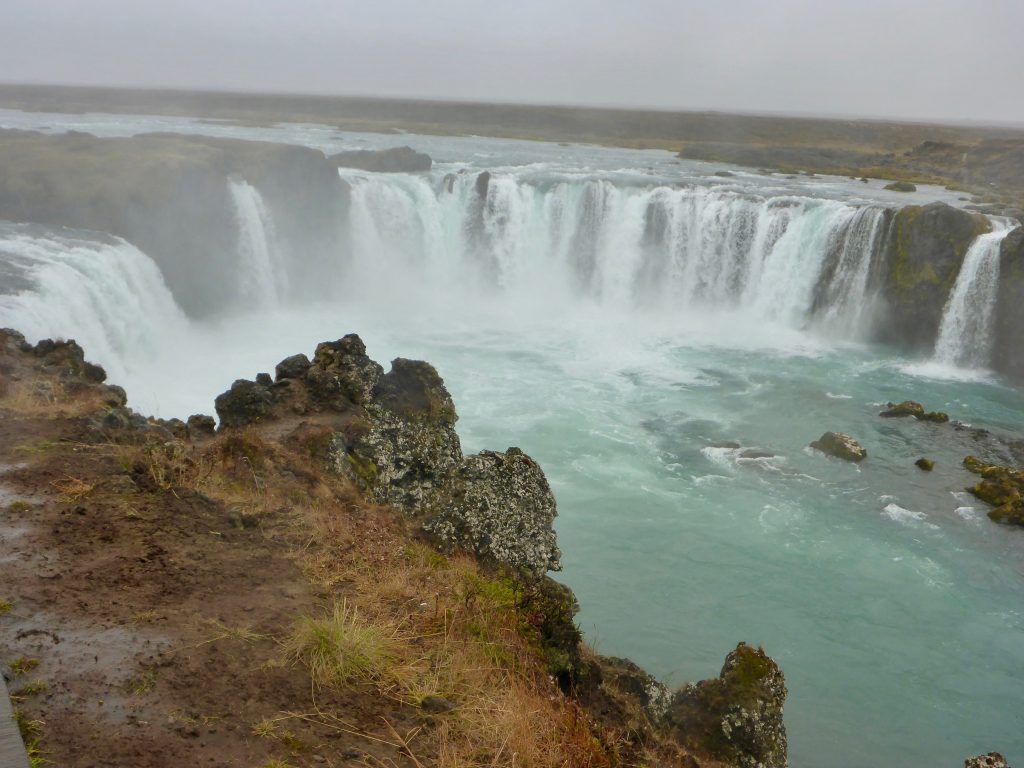Technology is supposed to make things easier for us, yet I continually feel that some things are a little bit harder or more time consuming. There’s a big assumption that most people have a base knowledge of how technology works and that programs, or applications, are designed to be idiot proof and intuitive. However, the base level of knowledge that one needs to effectively use and manage technology has never been established.
When I started my blog in 2013, many people told me to use WordPress to build it because it was so easy and intuitive to use. I wouldn’t consider myself a techie, but I do think I’m a tick above average. This is mostly because I had to take courses on it for my library degree. Also, I know if I have to do anything related to technology it’s going to require a lot of time and patience so I set aside several hours to work through any tasks.
Armed with only a rudimentary understanding of how to build a website, I figured with enough time and YouTube videos I could build my blog. I did eventually get the thing built, but it took me a lot of hours. I had no idea how many little steps were required before I could even start to build the blog, such as purchasing a domain name (e.g., thedeletist.com), setting it up with a hosting service, and installing everything.
I spent a lot of afternoons systematically going through all the settings on the backend of my blog and then hitting refresh on my viewing screen to see what the effect was. Although the basic design of my blog has remained the same, I’ve hired two separate techies over the years to do some things on the backend. Needless to say, I didn’t find WordPress easy and intuitive to use.
In a lot of ways, many things with technology have gotten easier and more intuitive. For example, I remember it used to be complicated to add a new network printer to my computer. Now it takes a few clicks. Some apps, like Google Docs, are incredibly easy to start using without any instruction. However, with many other things, I think it’s assumed that the average user knows more than s/he really does about using technology, leading to a lot of wasted time and frustration.


